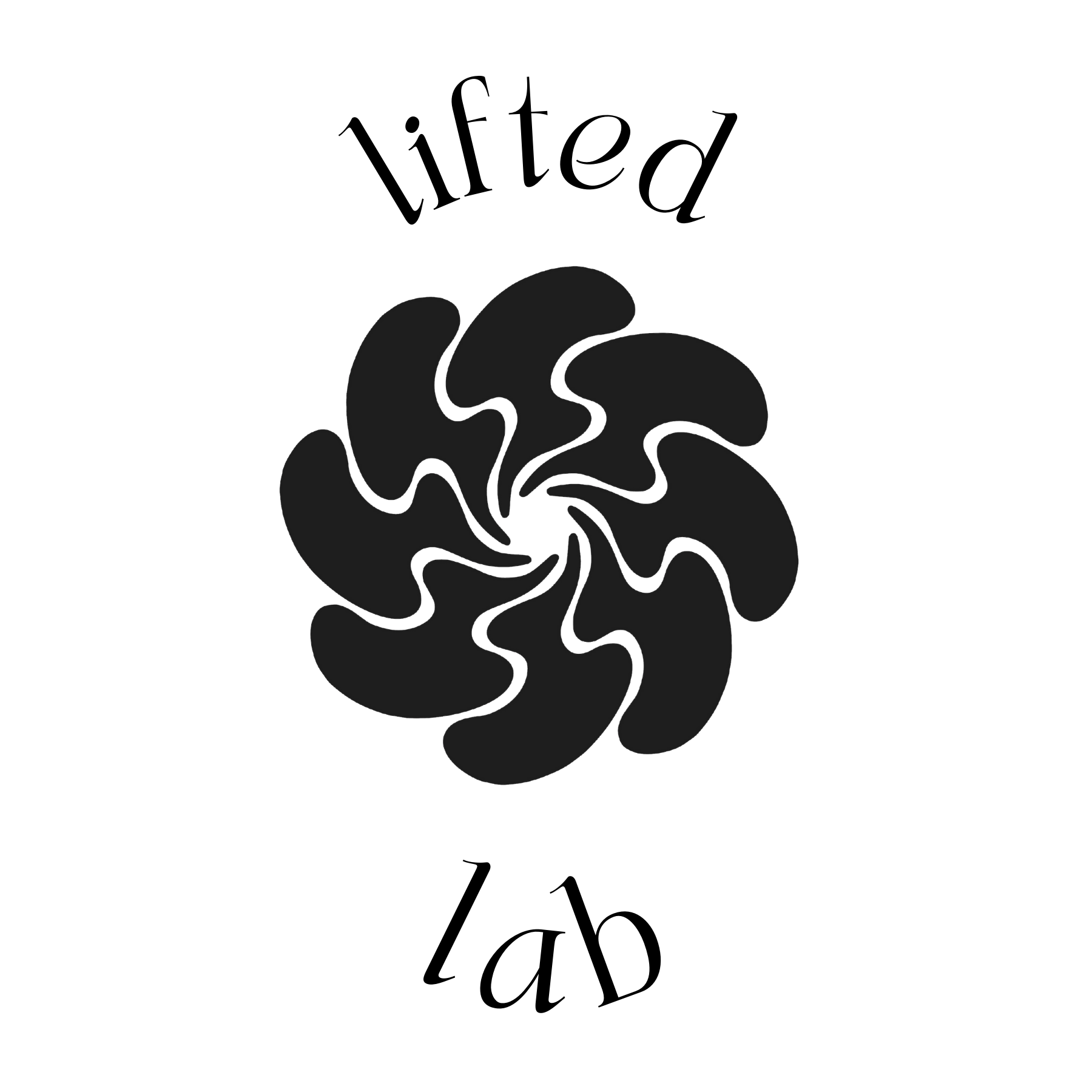“Bioelectric Fields”
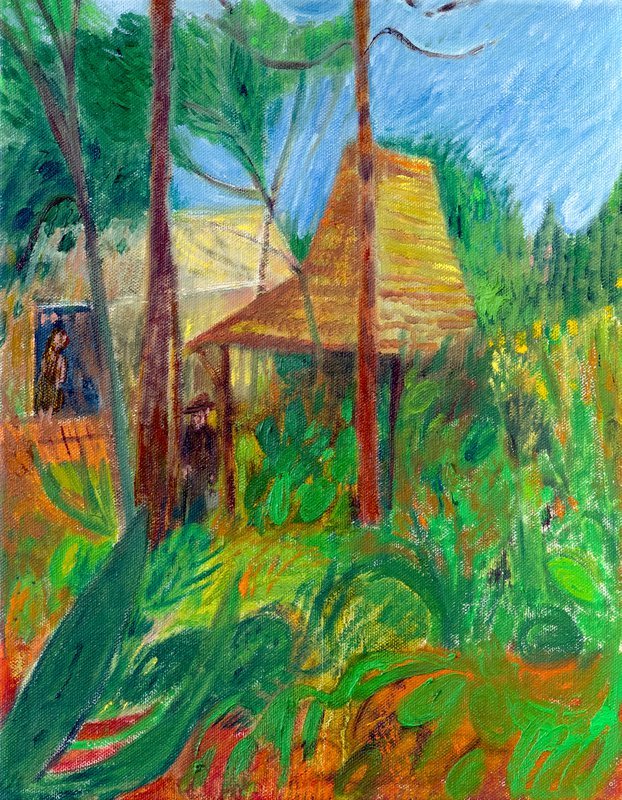
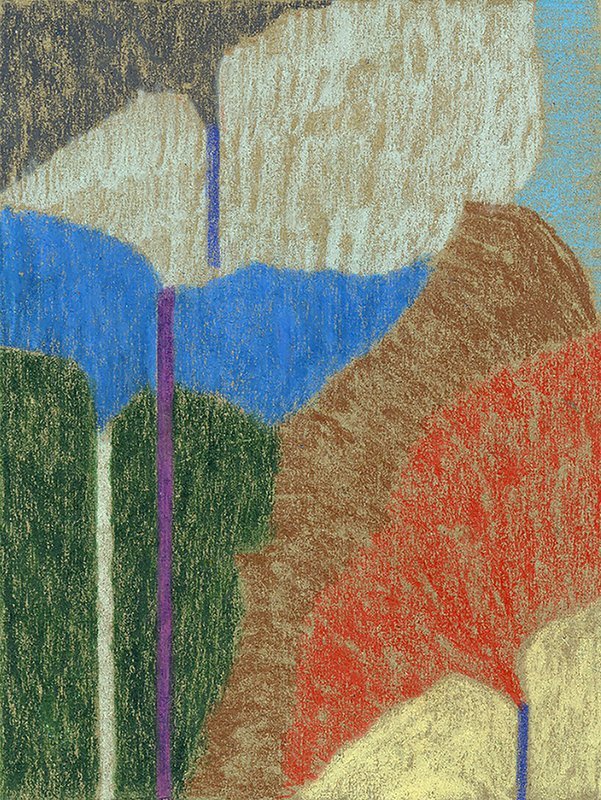
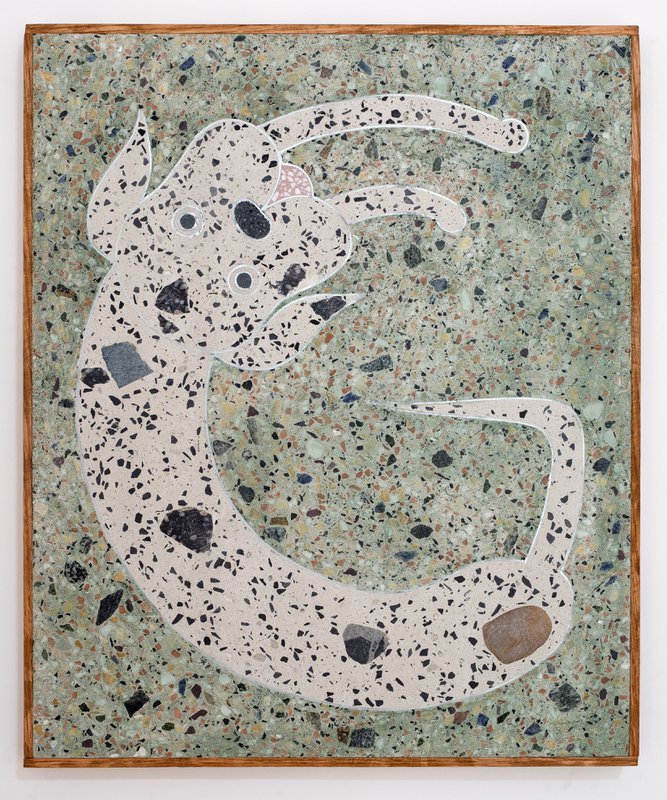
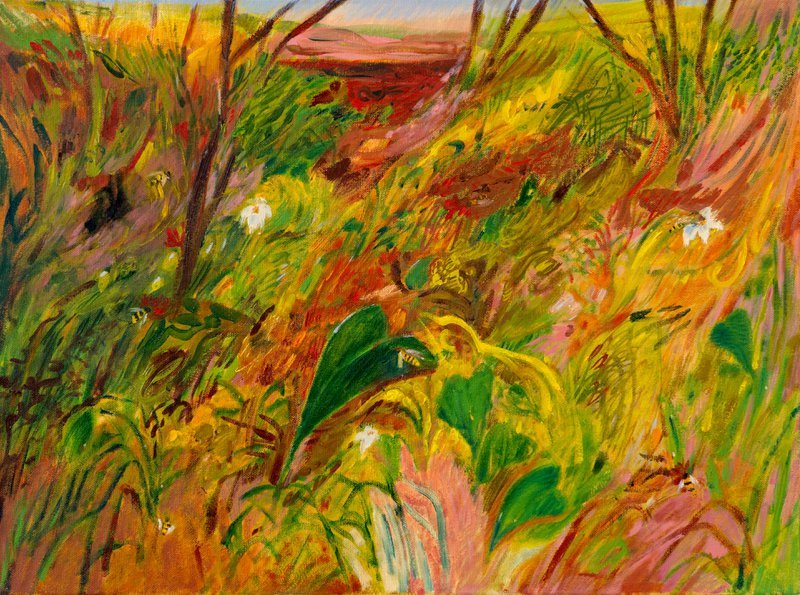
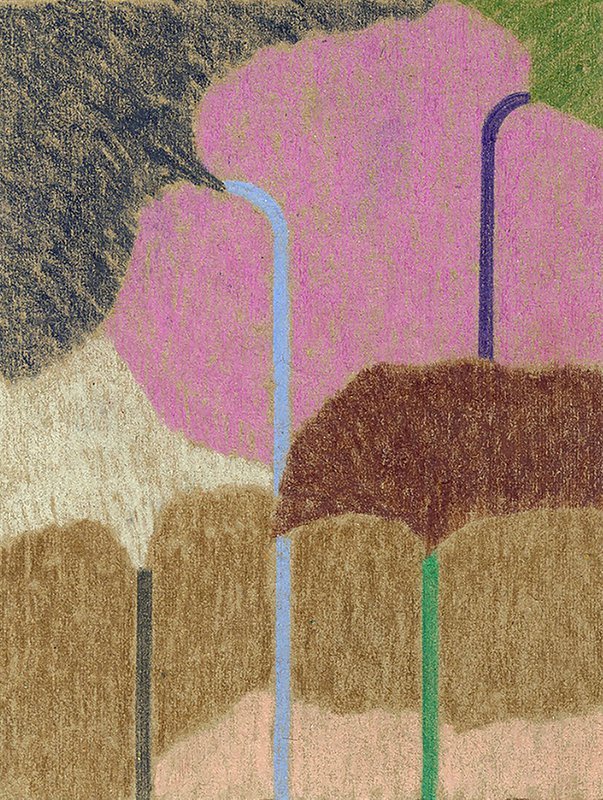
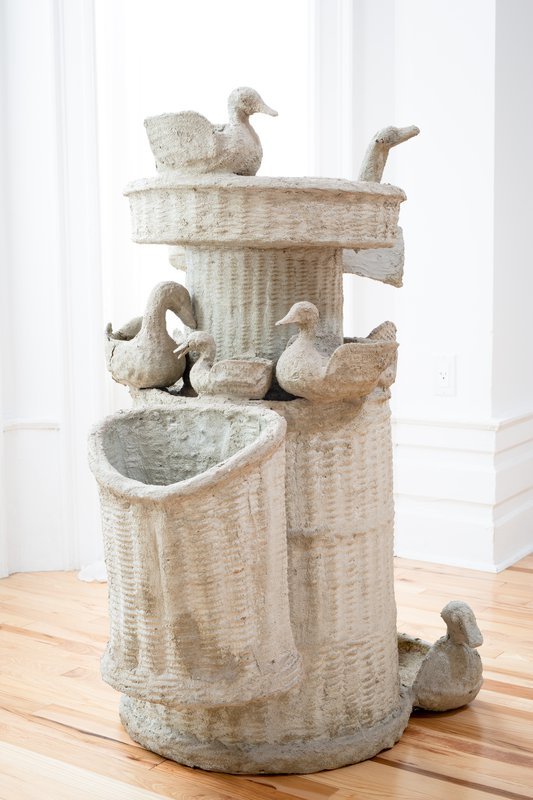
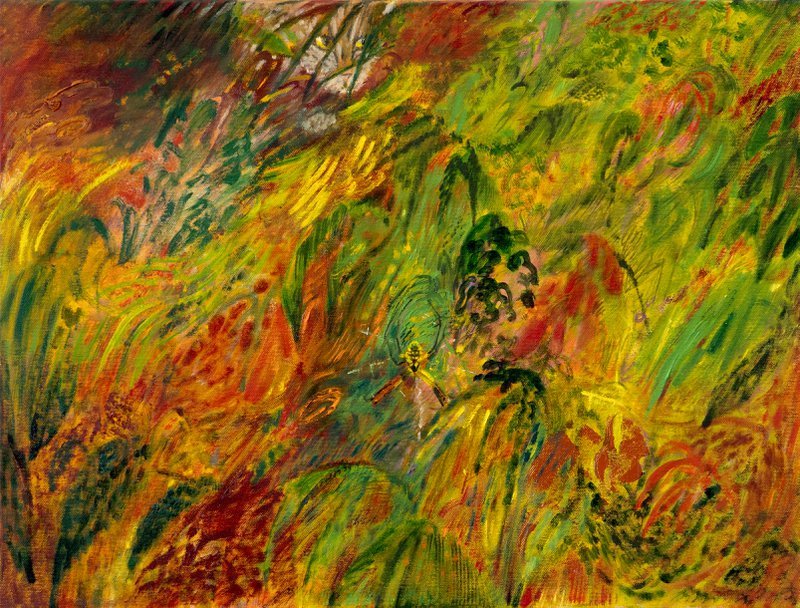

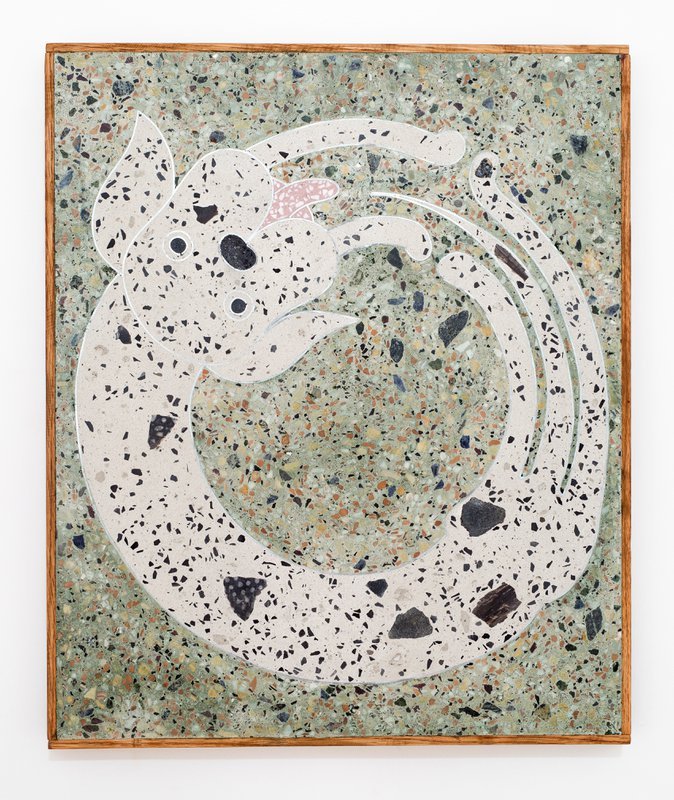
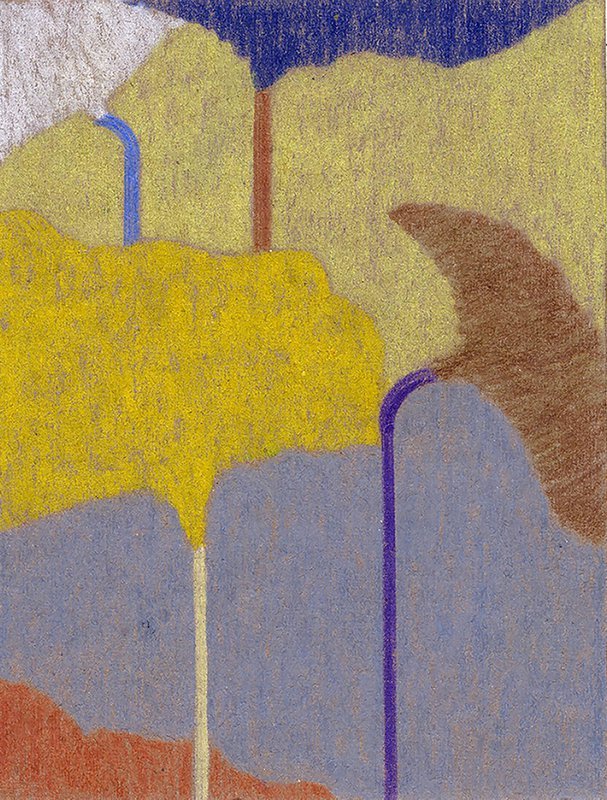
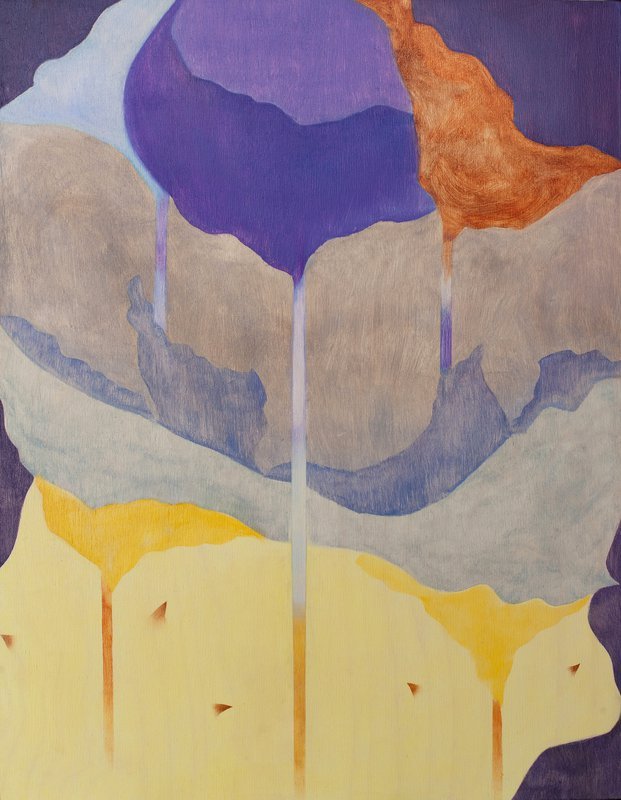
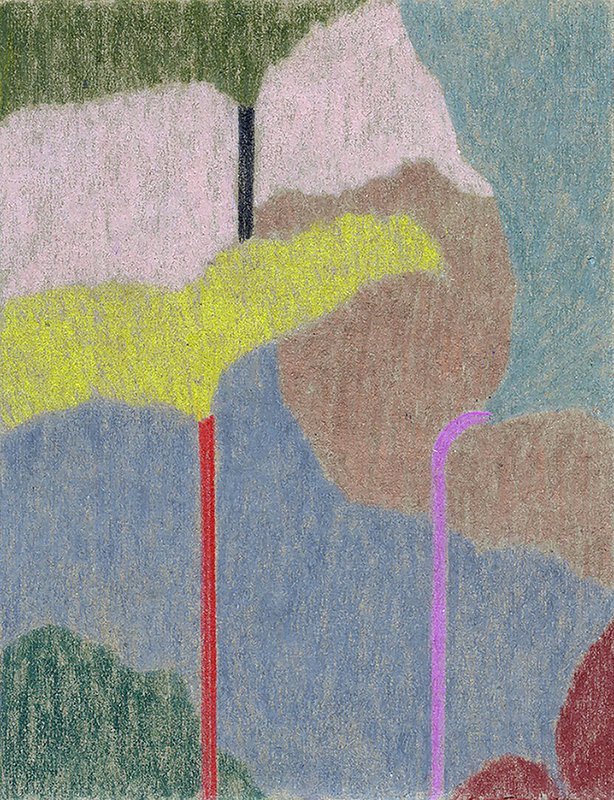

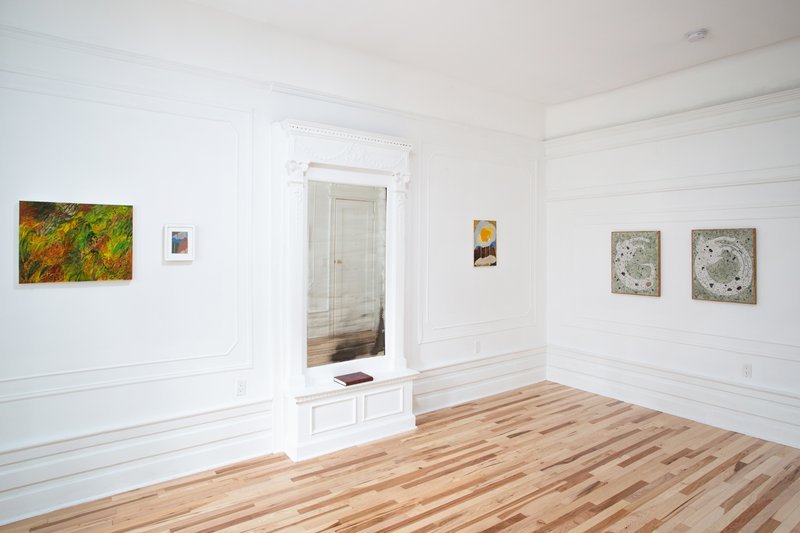

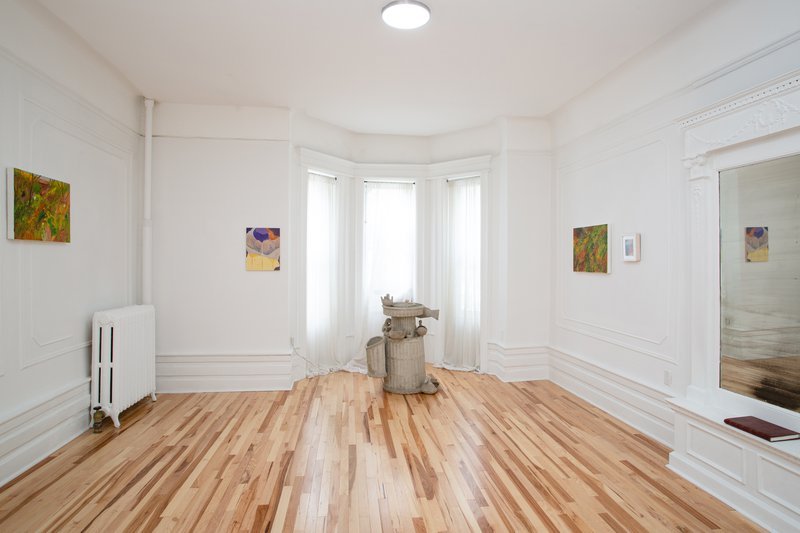
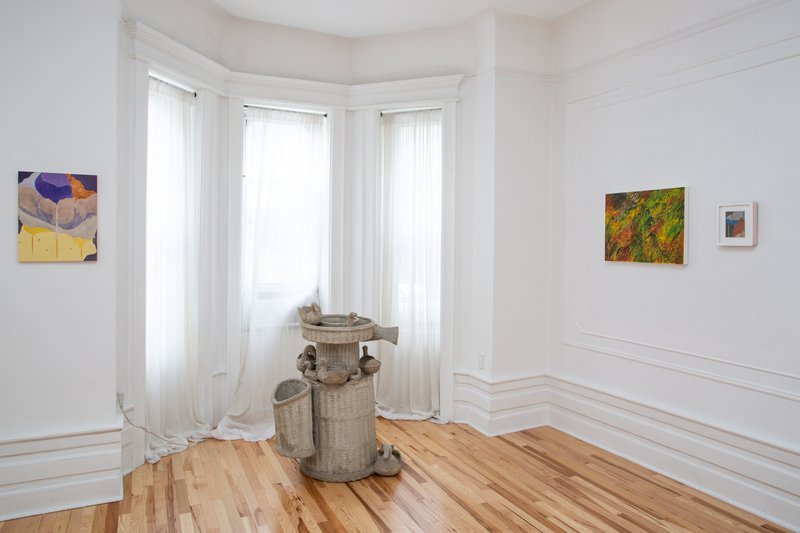
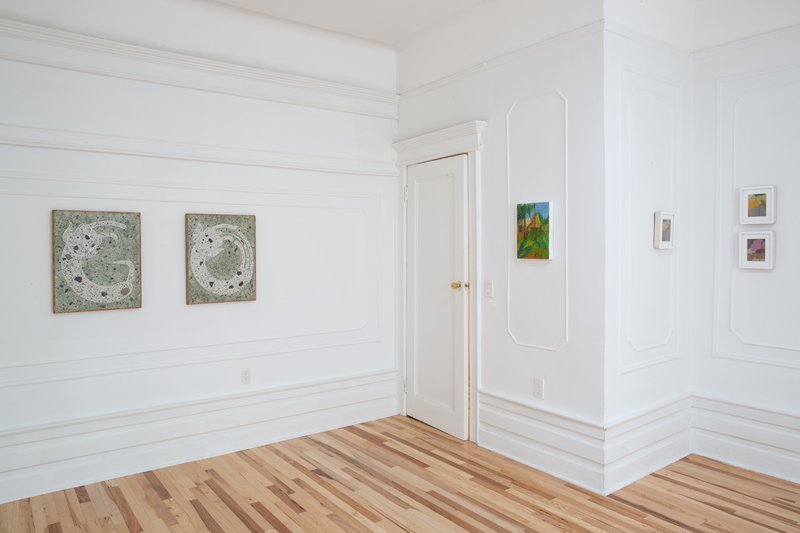
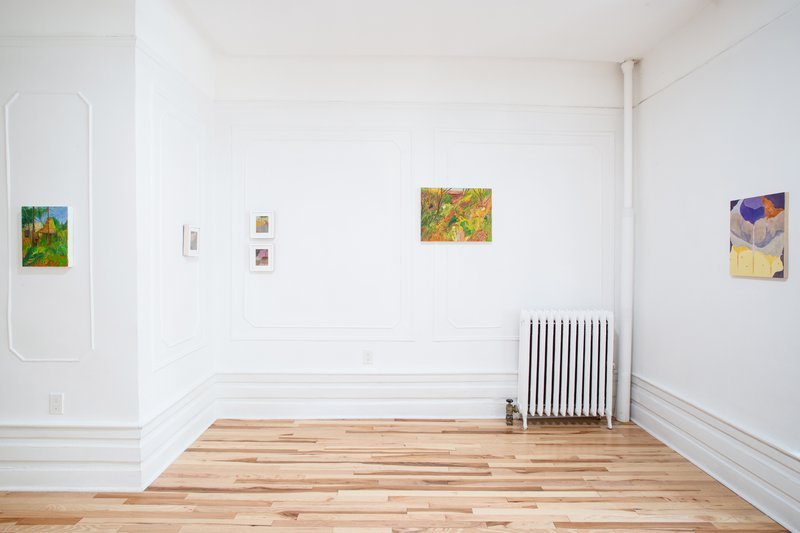
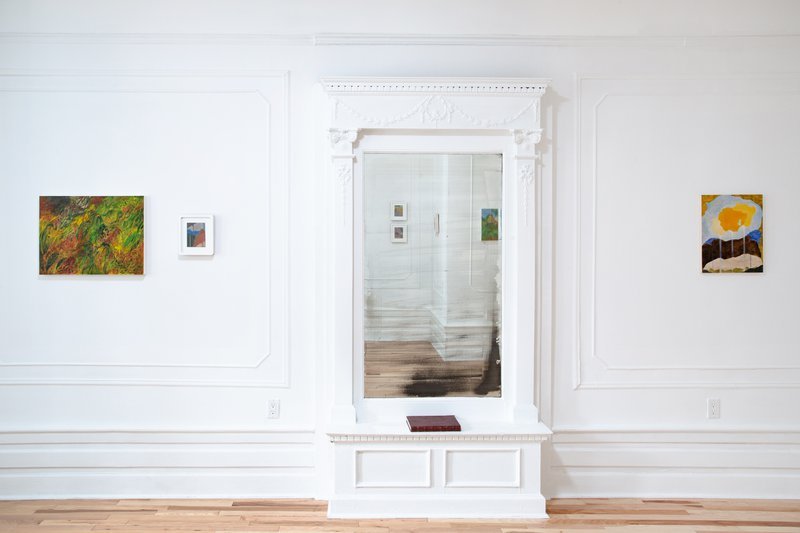

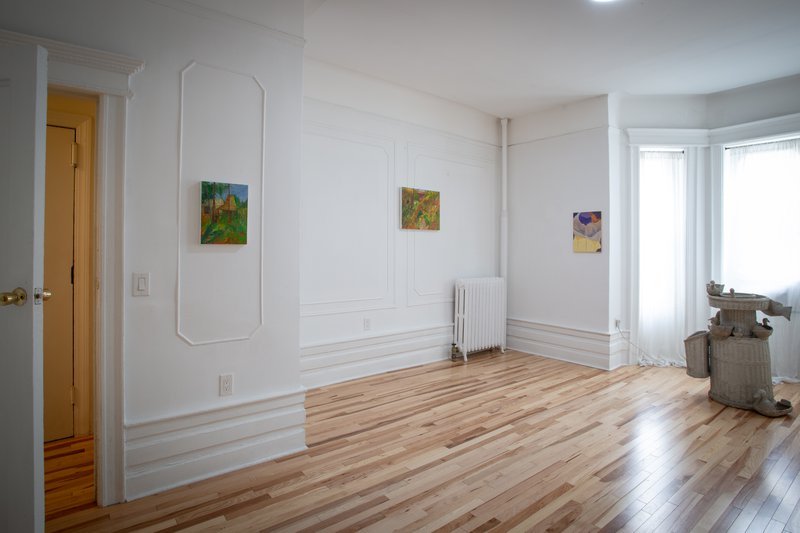
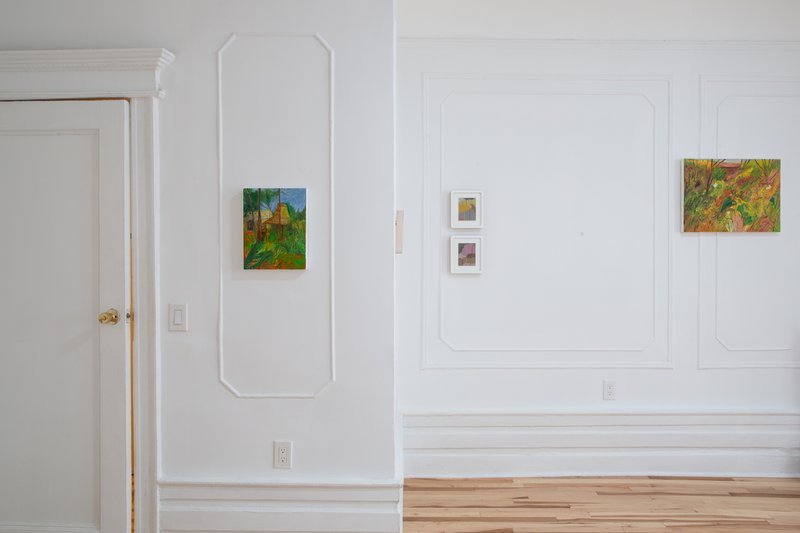
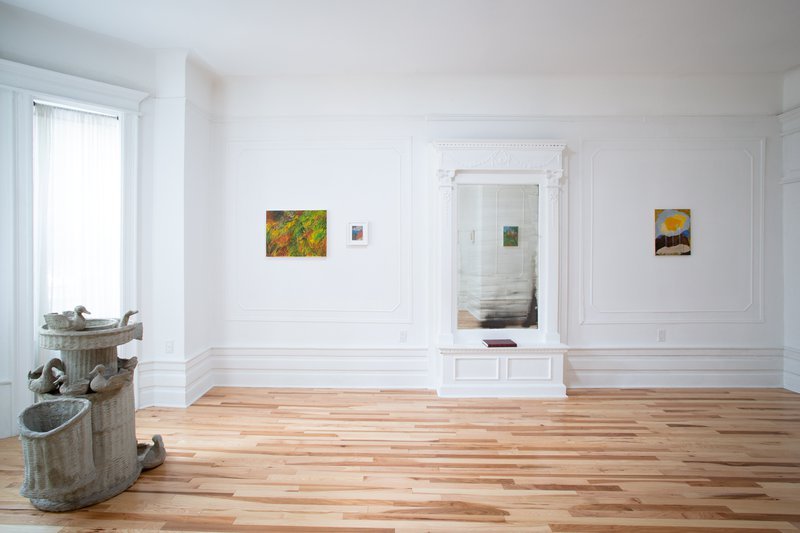
Stellarhighway is proud to present our second annual summer group show, Bioelectric Fields, featuring paintings by Soumya Netrabile and Vinna Begin alongside sculptures by Ficus Interfaith.
Peter Tompkins and Christopher Bird’s 1973 publication of a “Secret Life of Plants” gave many examples of plant responses: to human care; their ability to communicate; their reactions to music; their lie-detection abilities; and, their ability to recognize and to predict. Scientists and researchers have spent countless hours since attempting to replicate or expand on their results, measuring activity such as electric, magnetic, and electromagnetic fields (a.k.a. bioelectric fields) produced by living cells that enable the action of muscles and the transmission of information in nerves throughout the animal body. This year’s group show takes its name from this phenomena, and conceptualizes around new science theorizing Earth’s sentience.
A recent paper elaborates on previous discoveries of plants’ feelings by defining and exploring their ability to experience “mental states.” In humans mental states are coordinated by physiological activities in the brainstem and nervous system. This new research shows that plant bodies, like human bodies, use groups of coordinated physiological activities to deal with defined environmental situations but currently have no known mental state to prioritize any order of response. In previous research plants have been shown to have a nervous system, one based on signals transmitted along a complex network of conduits responsive to bioelectric fields, similarly to humans. The potential for this excitable network in plants to form a mental state is unknown, but the scientists in this study used it to distinguish between different signals to parts of the individual plant and thus determine a priority of response.
Another study, from April 2022, shows fungi have fascinating properties of communication that seem to replicate language. Other researchers have already proven that plants communicate through chemical signals, however the author of this paper studied trains of electric pulses that have been recorded across mushroom species. He found that these pulses change with stimuli such as light, touch, and chemical shifts. These spikes can be short or long; and, using intervals between spikes and high and low frequency pulses, the author discerned what seemed like a variety of unique words spoken by each species. These lexicons reached 50 words, but only 15 to 20 were used frequently in the fungi studied. Some languages featured short words, others long. While the possibility of a mushroom language is new and exciting, some scientists express reservations that the signals replicate a translatable language as we know it.
The artists in Bioelectric Fields all push the experience of these concepts in some manner, demanding that something greater than humanity’s individualist tendency exists in the unraveling of this thread. As portraits of lucid experiences, Vinna Begin’s panels Purr and Gleam delicately pronounce her study of the natural forces that shape and color our world, mirroring her contemplations of the universal aspects of our being a part of nature. Her small, untitled drawings heighten the sense of wandering these surreal landscapes first-hand, drawn through her eyes. Over the past few years Soumya Netrabile has set out to consciously understand her attachment to and reciprocal relationship with the natural world. Her transcendent paintings are a document of this deep and evolving process, and those like The Orb Weaver and A New Day strike chords of being that precede ego. In contrast, Ficus Interfaith’s approach is more scientific than spiritual or emotional. The duo hypothesizes cement’s possibilities, marrying their explorations of ancient materials and crafts to ideas of tending to nature in all its forms as a future-facing community. Dogma ‘G’ and Dogma ‘O’, two panels from a five-panel work, depict a cartoon dog curled into the eponymous letters. Its green stain is aged, mossy and worn against the resolute form of the hyper-friendly dog. Ferrocement Service is an amalgamation of wicker baskets and animals slathered in a thinnish coating of gray cement, strangely stacked and ordered. Built as it is, it seems drawn together by an invisible central force, perhaps suggesting nature as the scientist and humanity as the experiment.
Press release and images via Stellarhighway.
